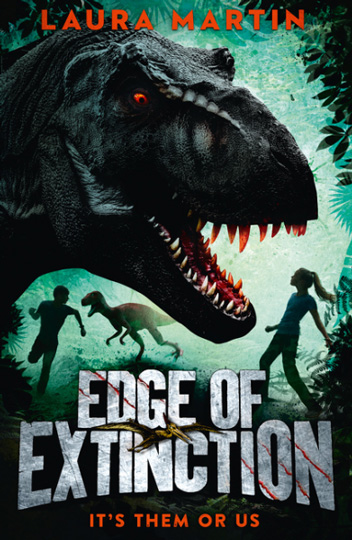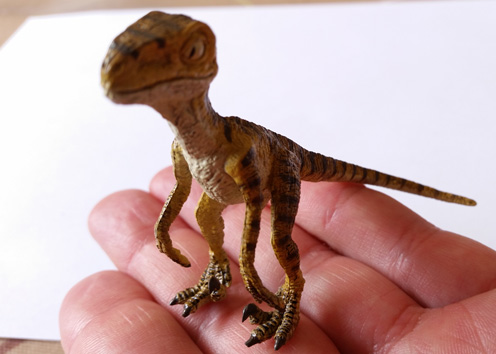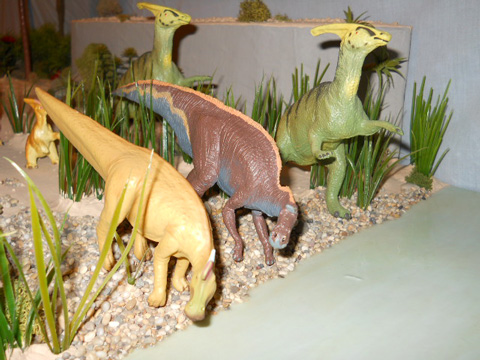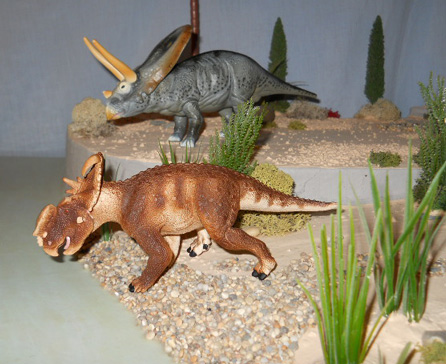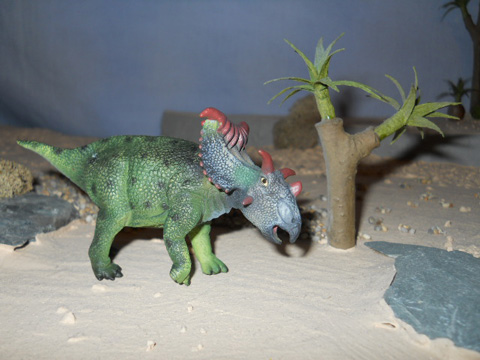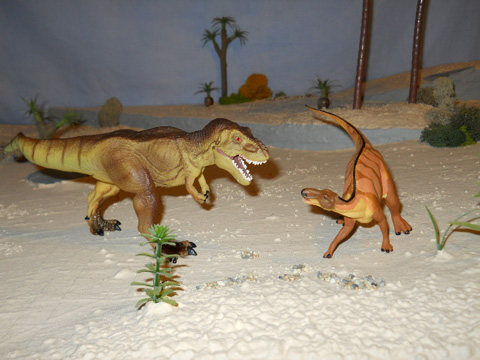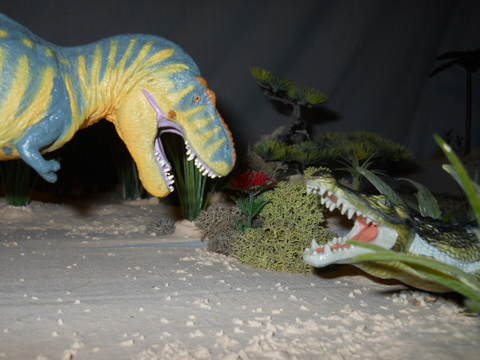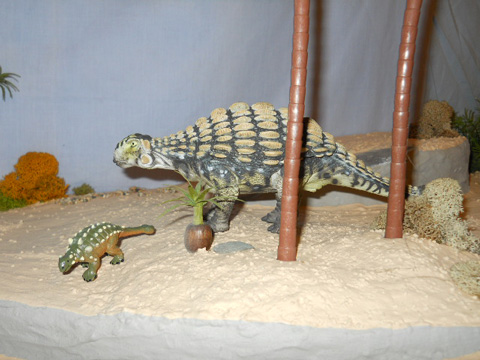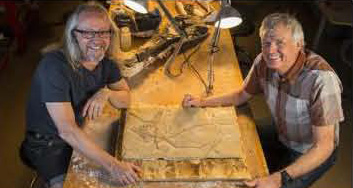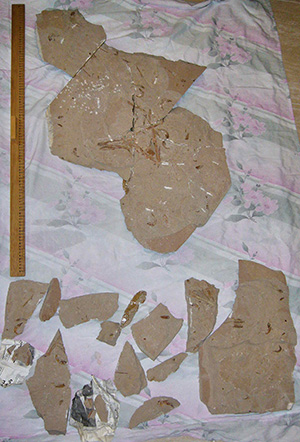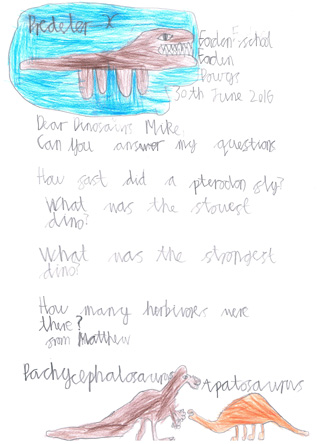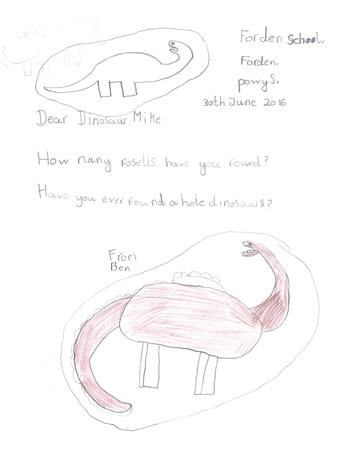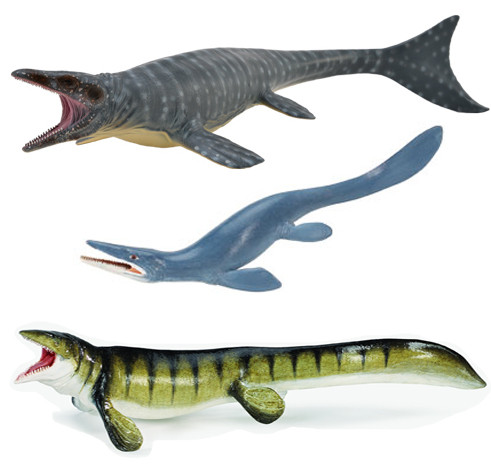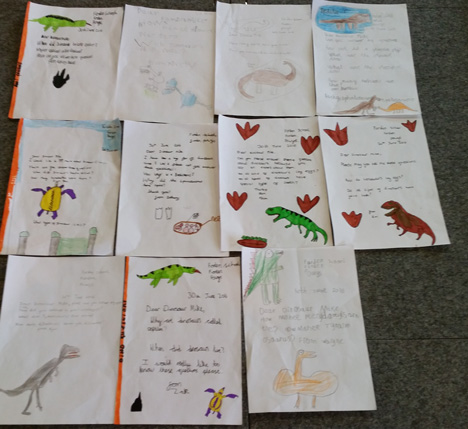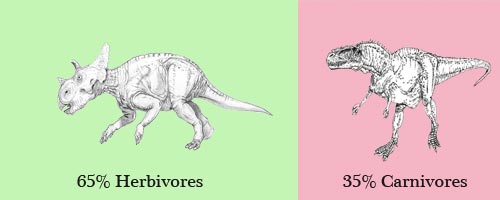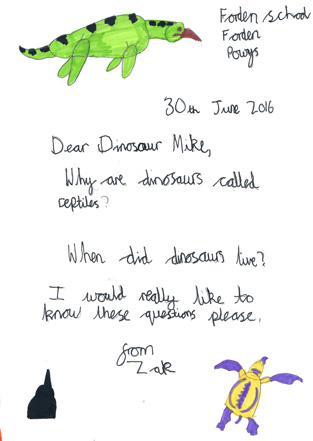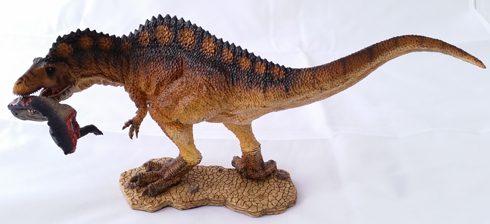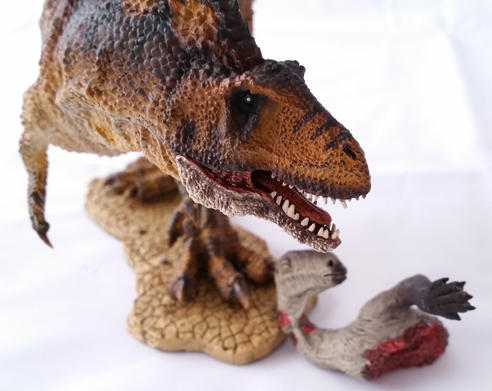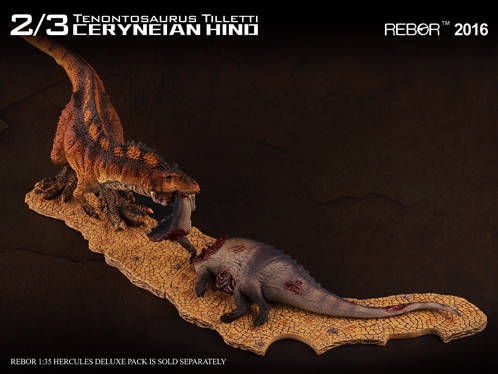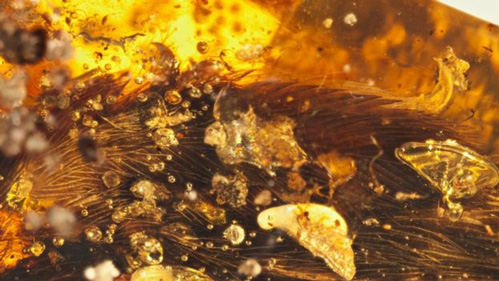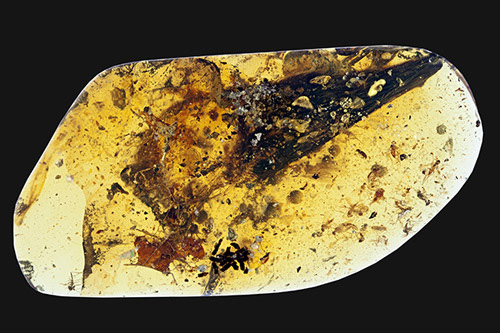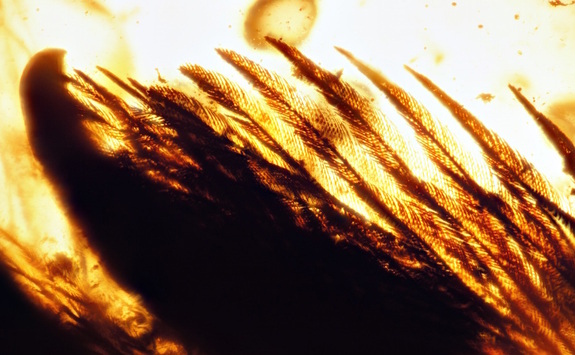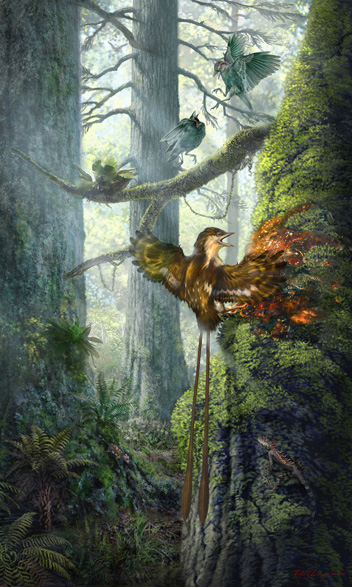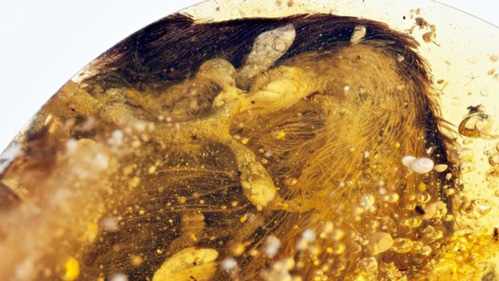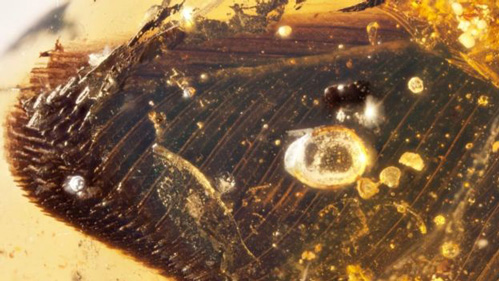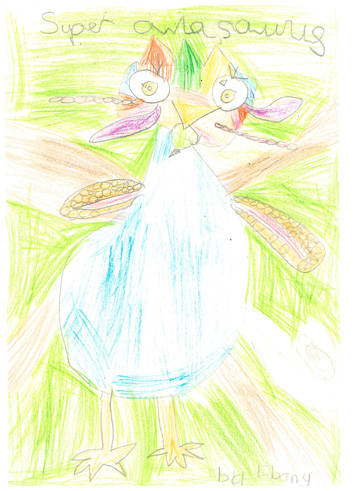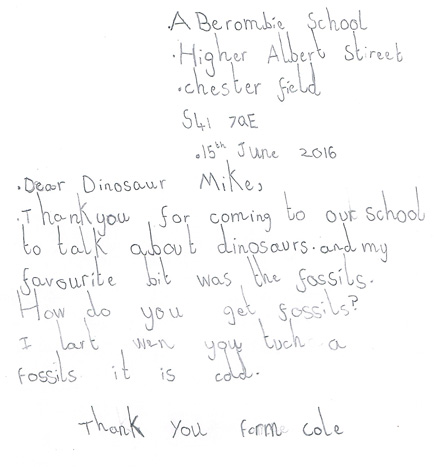Early Mammals May Have Evolved Night Vision as a Jurassic Survival Strategy
Over the last few days a number of articles have been published detailing the research of scientists from the University of Alberta and the National Eye Institute of the United States who have been studying the light detecting photoreceptors in the retinas of mammals. It turns out that night-time vision, an ability to see in very low light levels, evolved millions of years ago in early mammals during the Jurassic. Many of these articles have emphasised the possibility that night vision evolved to help the mammals adjust to a nocturnal lifestyle in order to avoid the dinosaurs that dominated during the day.
Implications for Modern Medical Science
However, the real significance of the research might be a unique genetic ability in mammals to transform some types of light receptors in the eye. This could have huge implications when it comes to restoring sight in people with damaged eyes.
Adapted to a Life in the Dark – Most Mesozoic Mammals
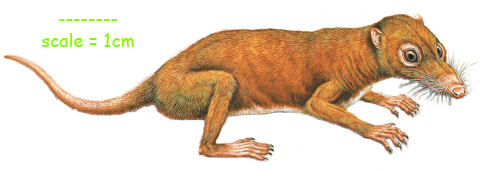
An illustration of the Triassic mammal Morganucodon.
Visit Everything Dinosaur’s website: Everything Dinosaur.
Rods and Cones
Mammalian eyes are complex organs. Light enters the eye through the cornea, passes through the pupil and into the lens, where it is focused and then directed back to photo sensitive cells that line the retina at the back of the eye. These light sensitive cells covert the light into electrical signals that are carried to the brain by optic nerves and the brain then decodes them and provides vision. The retina contains two main types of distinctive photoreceptor cells – the rods and cones. Rods are thinner than the cones and they are distributed differently across the retina, but the chemical process in each that supports the interpretation of light to electrical signals is very similar.
- Rods – are sensitive to low light levels making then highly suited for night vision.
- Cones – are less sensitive and not capable of operating effectively in low light but they are much better at being able to pick up broader wavelengths of light across the colour spectrum and therefore they are responsible for colour vision and image resolution in bright light.
Student Phil Oel (University of Alberta) One of the Authors of the Scientific Paper
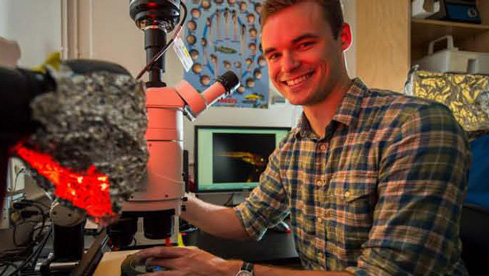
Helping to work out the photoreceptor layout of the mammalian eye.
Picture credit: The University of Alberta
Comparing Rods and Cones
When the structure of rods and cones are compared, it would appear that the rods are the more primitive and ancient of the two types of light sensitive cell, but this is not the case. Researchers have long suspected that the light detecting cone cells came first and the rods evolved later. In the study of the retinas of mice, the researchers found evidence to support the idea of a cone to rod transition.
They found the vestiges of short-wave cones (those responsible for detecting the shorter wave lengths in the visual light spectrum, the blues and violets), in developing rod photosensitive cells. This would confirm the idea that had persisted for decades that there was a cone-to-rod transition, that the cones came first.
Co-author of the new study, published in the academic journal “Developmental Cell”, PhD candidate Phil Oel (University of Alberta), stated:
“We found evidence in the mouse that these rods were coming from cones, and thought we’d figured it out at that point.”
Enter the Zebrafish – Fresh Insight
When the scientists looked at zebrafish, a member of the most ancient of all the vertebrate lineages, the fish, they found that there was no evidence for short wave cones having converted into rods. In zebrafish rods did not show any signs of having developed from cones.
Student Phil Oel, explained:
“When we looked for the same thing in zebrafish, we found no evidence for the same feature, that any rods were ever coming from cones.”
The discovery that mice have the ability to convert some types of cone cell into rods is significant in itself, the lack of this feature in zebrafish has helped the researchers solve a seventy-year-old evolutionary puzzle.
If cones provide colour vision and rods vision in low light, it would be reasonable to assume that diurnal (daytime functioning) animals would have a cone cell dominated retina to provide them with optimal daytime vision. However, studies of mammalian evolution have shown that mammals have a rod dominated retina, better suited for vision at night or a very low light levels, even with diurnal species like H. sapiens. In humans we have something like 20 rod cells for every 1 cone cell in our retina.
The “Nocturnal Bottleneck”
Evolutionary biologists have traced the origins of a rod dominated mammalian retina to the Late Jurassic and referred to as the “nocturnal bottleneck theory”. This theory suggests that many mammalian traits such as excellent hearing, a good sense of smell, a rod cell dominated retina, whiskers and a highly developed sense of touch can be explained by the fact that mammals were confined to the dark, poorly lit undergrowth or to a nocturnal existence, so long as the terrestrial reptiles, most notably the dinosaurs, existed.
It was only with the extinction of the non-avian dinosaurs at the end of the Cretaceous that led to mammals diversifying to occupy diurnal niches in ecosystems. Even today, the majority of the 8,000 species of mammals on our planet are nocturnal.
Recently, the idea that the mammals were restricted to only a few niches and that they were relatively small has been challenged as new fossil finds suggest that during the Cretaceous the mammals were much more diverse and speciose then previously thought.
To read more about this study: Time to Debunk Mammals Totally Dominated by Dinosaurs Myth.
Lead author of the research, Ted Allison, Associate Professor in the Department of Biological Sciences at the University of Alberta commented:
“During the Jurassic period, mammals are diversifying, or about to diversify. The concept that’s been in the literature for years is that mammals took on a nocturnal habit to survive this period, and escaped the daytime roaming dinosaurs by being more active at night.”
Associate Professor Ted Allison (right) and his PhD student Phil Oel
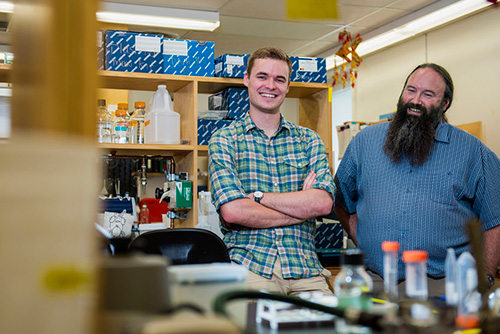
PhD student Phil Oel and his supervisor Associate Professor Ted Allison.
Picture credit: The University of Alberta
Jurassic Mammals
Those mammals that were best able to exploit the nocturnal way of life, were the ones that survived, going on to radiate and diversify and eventually, after the dinosaur extinction, replacing the Dinosauria as the dominant terrestrial megafauna. One intriguing question remained, if the mammals were somehow able to produce extra rod cells to help with night-time vision, then where did they come from?
The Associate Professor explained:
“What we’ve proposed here for the first time is a mechanism for how mammals survived that initial nocturnal stage, how they were able to make many rods and exploit that nighttime adaptation. This nocturnal bottleneck has been theorised now for some 70-odd years, so it’s a big vision mystery solved.”
The findings not only have important implications for evolutionary biologists, but this new understanding may have clinical applications in the future. If mammals have a way of converting cone photoreceptors to rod cells then it may be possible to apply this research to help develop ways of restoring vision in humans.
The paper: “Recruitment of Rod Photoreceptors from Short-Wavelength-Sensitive Cones during the Evolution of Nocturnal Vision in Mammals.”


